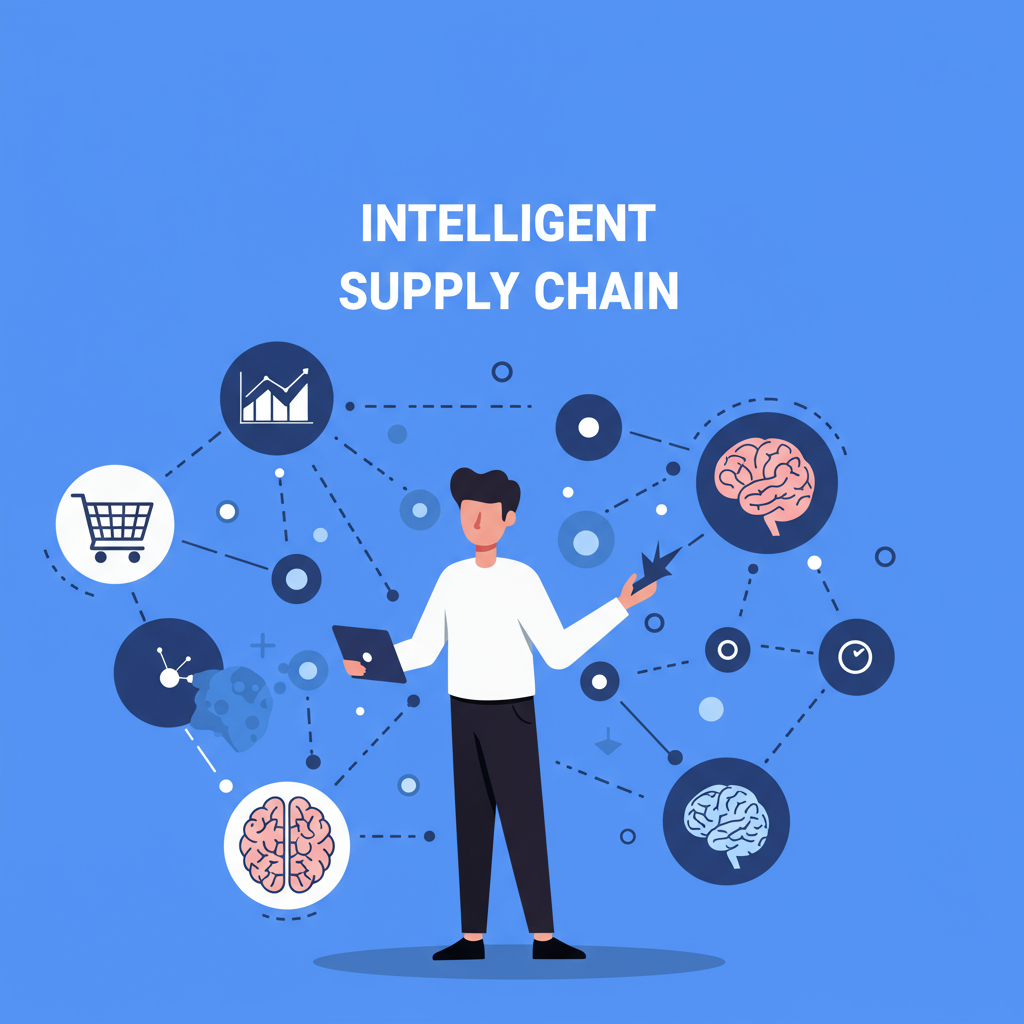How Artificial Intelligence Transformed My E-commerce Operations and Can Do the Same for Yours
As a merchant navigating the dynamic world of e-commerce, I’ve always understood that inventory management is the backbone of a successful Shopify store.
For years, I wrestled with the traditional challenges: the constant fear of stockouts, the burden of overstocking, and the sheer manual effort involved in tracking every single item.
It felt like a never-ending balancing act, often leading to lost sales, frustrated customers, or capital tied up in slow-moving inventory.
My spreadsheets were sprawling, my forecasts were educated guesses at best, and I knew there had to be a better way to manage my precious stock.
That’s when I began my deep dive into the world of Artificial Intelligence, or AI, and its transformative potential for supply chains, particularly for businesses like mine on Shopify.
I quickly realized that AI wasn’t just a futuristic concept; it was a practical tool ready to revolutionize how I approached inventory.
At its core, AI in inventory management involves using algorithms and machine learning to analyze vast amounts of data, identify patterns, and make highly accurate predictions.
One of the most immediate benefits I discovered was in demand forecasting. Traditional methods often rely on historical sales data alone, which can be limiting.
AI, however, can process multiple variables: past sales, seasonal trends, promotional impacts, economic indicators, even external factors like weather or social media buzz.
This multi-faceted analysis allows AI to predict future demand with remarkable precision, helping me anticipate customer needs long before they arise.
Beyond forecasting, AI excels at stock optimization. It helps determine the optimal reorder points and safety stock levels for each product.
This means I can minimize carrying costs by not holding excessive inventory, while simultaneously reducing the risk of stockouts during peak demand.
The system learns from every transaction, constantly refining its recommendations to ensure my inventory levels are always just right.
I’ve also seen AI automate purchasing decisions. Instead of manually reviewing stock levels and placing orders, AI can suggest or even automatically generate purchase orders based on its forecasts and current inventory.
This frees up an incredible amount of my time, allowing me to focus on growth strategies rather than administrative tasks.
Furthermore, AI can optimize warehouse operations. While perhaps more relevant for larger operations, even for smaller Shopify stores, understanding optimal storage locations or picking paths can be enhanced by AI insights.
It can even predict return rates for certain products, allowing me to adjust my inventory and reverse logistics strategies proactively.
For Shopify merchants specifically, the integration of AI is becoming increasingly seamless. The Shopify App Store now hosts a growing number of AI-powered inventory management and forecasting tools.
These apps connect directly to my Shopify store’s data – sales history, product variants, customer behavior – and leverage AI algorithms to provide actionable insights.
I’ve found that the key to success with these tools is ensuring my Shopify data is clean, consistent, and comprehensive. Garbage in, garbage out, as they say.
The benefits I’ve personally experienced are substantial: a significant reduction in carrying costs due to less dead stock, a dramatic decrease in stockouts leading to happier customers, and improved cash flow because my capital isn’t tied up unnecessarily.
My decision-making is now data-driven, not gut-feeling driven, which has instilled a new level of confidence in my operations.
If you’re considering implementing AI, I recommend starting by assessing your current inventory process and identifying your biggest pain points.
Then, research the AI-powered apps available on Shopify that specifically address those challenges. Many offer free trials, allowing you to test their efficacy with your own data.
Begin with a pilot project, perhaps on a specific product line, and closely monitor the results. It’s an iterative process of learning and refinement.
While the initial setup and learning curve can seem daunting, I assure you the long-term gains in efficiency and profitability are well worth the effort.
Remember, AI isn’t a magic bullet; it’s a powerful assistant. It still requires human oversight and strategic direction to truly unlock its potential.
Looking ahead, I believe AI will continue to evolve, offering even more sophisticated predictive capabilities, hyper-personalization of inventory, and greater resilience in the face of supply chain disruptions.
It’s an exciting time to be a Shopify merchant, with such powerful tools at our fingertips. What do you think about this article and the potential of AI for your own Shopify store?
Embracing AI in your inventory management isn’t just about staying competitive; it’s about building a smarter, more resilient, and ultimately, more profitable e-commerce business.






